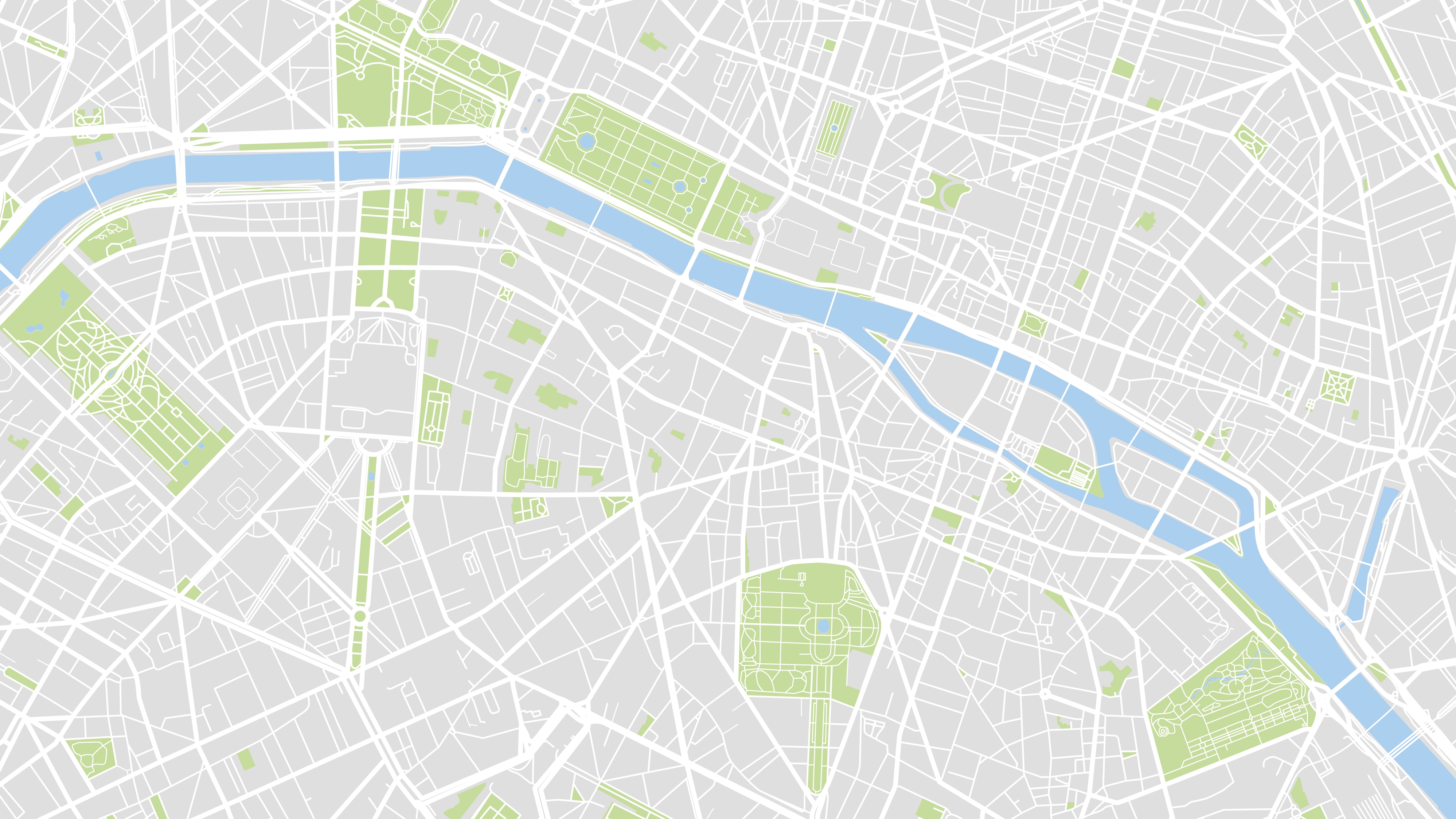Flying through the city: Seabubbles taxi designed using Simcenter

Seabubbles, the innovative floating taxi, is a modern version of a historical transport. And simulation is at the heart of its success. How? Read on to find out more.
Cities have rivers, rivers both help and hinder transport
Humans have used rivers for transportation ever since we worked out how to build boats. Letting the water take the strain means we can transport more goods or people over greater distances using less energy. The famous 17th century diarist Samuel Pepys mentions travel on the Thames almost every day, chartering a boat in the same way that you and I would hail a taxi or an Uber. Venice is famous for its Gondoliers, who have plied their trade for centuries. And in New York or Sydney catching the ferry across the bay is not just a tourist trip, but a commuter route too.
While many cities have a network of larger ferry boats, we no longer have the ability, like Pepys, to hail the boat-equivalent of a taxi. The quick trip from point A to point B no longer happens on the water, but on land. These routes are longer and constrained by bridges as crossing points. What if we could go back to using the river as a taxi route? In crowded modern cities, it would speed up journey times and help relieve congestion on the roads.
A new river taxi, designed for a digital age

This is the vision of Seabubbles, who are aiming to ‘make our cities flow again’ by developing an innovative bubble taxi, a small, fast & very efficient electric hydrofoil craft that can carry up to 5 people. The vessel is designed to travel at a maximum speed of 25 km/h, while producing no waves and no noise. And as it is powered by a Lithium-Ion battery there are no emissions either.
Moving from proof of such a concept to reality requires a lot of analysis, to ensure that the design will work, and work well, under all operating conditions. To help with this, Seabubbles turned to Caponetto-Hueber, a marine design consultancy who specialize in high-end CFD methodologies. Using Simcenter STAR-CCM+ the team was able not only to predict the performance of the vessel but also to optimize the design to ensure smooth foiling and a comfortable ride. Working together, the two companies brought the design from concept to river trials in less than six months.
Both the CFD results and the prototype in action, can be seen in this video:
In the fast-paced, environmentally-aware world of today, companies like Seabubbles are using digital design to help bring their innovative products to market. If they can do it, others can – and should – look to the same methods. And while my diary may never be as historically significant as Pepys’, I look forward to noting ‘thence by boat’ on a future visit to Paris!


